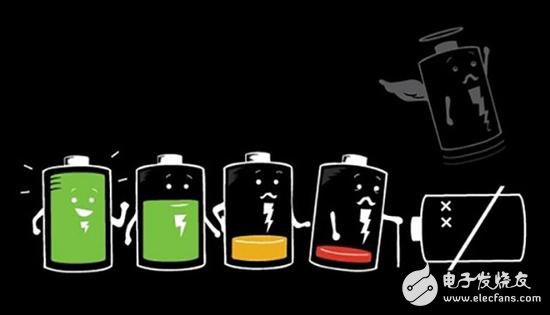In the coming years, we will see wearable devices integrating more and more motion and environmental sensors, as well as emerging biosensors. Biosensors are now available in stand-alone wearable medical monitors, and many consumer devices now offer heart rate measurement. But in the next few years, consumer devices will integrate a wider range of biosensors, such as spectral sensors that measure blood oxygenation, blood pressure and blood sugar levels, and skin resistance sensors that determine sweat levels and pH.
As the number of biosensors used increases and the accuracy and reliability of the data collected increases, we will see convergence in consumer and medical applications. Fitness and lifestyle devices will evolve from consumer devices to providing medical-grade data. Therefore, the information you collect to track health and exercise levels can be shared with your doctor or automated medical monitoring system to give an early warning before symptoms appear. In this way, people can seek treatment or change lifestyles early when the situation is not too serious, easier to implement, and more likely to succeed.

Many companies are currently developing data-sharing cloud infrastructure for healthcare, which is a natural partner for these infrastructures. As wearable devices become more common and advanced, we will be able to organize and analyze anonymous, health, fitness and lifestyle information from millions of people. In addition to revealing deep health trends, these huge data sets can also reveal how disease occurs (so-called “super early medical careâ€). This helps early intervention to minimize the financial, social and personal impact of the disease.
Safety and endurance challengesAs wearable devices collect more and more sensitive information and become a full digital self, privacy and data security will become critical. Especially in the case of medical data, consumers will require the highest level of data security, and as consumers become more informed, this will be a key factor influencing purchase decisions.
Therefore, the storage and transmission of data must be secured. The first generation of networked wearable devices mostly relied on the inherent security protocols of their chosen connection technology, such as Bluetooth® low energy (BLE). The latest version of the Bluetooth standard (Bluetooth 4.2) provides greater security, but due to the large number of Bluetooth devices, the risk of security algorithms being compromised by hackers is always present.
IDC and GMI research has repeatedly shown that battery life has become the number one consideration for consumers to purchase battery-powered portable products. Typical lithium polymer rechargeable batteries have a capacity of only 40 to 100 mAh. In this case, powering a wearable device containing multiple sensors for a few days means reducing the power consumption of all components of the system, including sensors, systems, communication hardware, and software. Sensor technology is constantly evolving and reducing power requirements.
Energy harvesting and wireless chargingThe ultimate goal of wearable devices is to achieve continuous monitoring. This means finding a way to power the device without having to remove it for charging (or replacing the battery). Two obvious methods are energy harvesting and wireless charging.
For energy harvesting, photovoltaic cells and the collection of spurious RF signals are promising technologies. Vibration energy harvesting and thermoelectric power generation are also possible, but since the frequency of human movements and the temperature difference around the human body are limited, this means that its potential is very limited. However, as our functional requirements for wearable devices continue to increase, it seems that energy harvesting is difficult to become the only power source for wearable devices that are always on, and may act as an auxiliary power source to help extend the battery life of the main battery.
Wireless charging has the potential to become the main power source. Since wearable devices need to be worn on the body, the most promising option is loosely coupled wireless charging, where RF signals power multiple independent devices in an extended area, similar to Wi-Fi systems to wirelessly connect multiple devices with Internet connection.
We are China Leading Manufacturers can supply you the Telecommunication Accessory,including Back Mount Frame,Test Cords, Mounting Frame For 19 Inch Rack.Besides,we can offer you the Earth Bar 8 Pair 10 Pair,Crimping Lug,Disconnection Plug.Welcome to purchase!

Telecommunication Accessory, Test Cords, Back Mount Frame
NINGBO YULIANG TELECOM MUNICATIONS EQUIPMENT CO.,LTD. , https://www.yltelecom.com